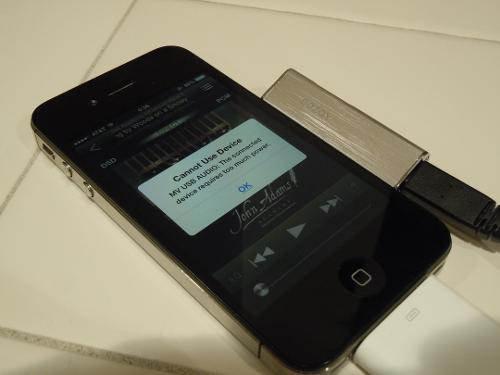- Joined
- Feb 23, 2011
- Posts
- 16,414
- Likes
- 3,088
"However, it uses undisclosed digital signal processing (DSP) to allow playback of audio with sampling rates of up to 192 kHz (44.1, 88.2, 176.4, 48, 96, and 192 kHz can all be played back)."
Downsampling to 44.1 is undisclosed digital signal processing?
If it only downsampled to 44.1 kHz, that would imply that 192+ kHz sampling rate music files would work with the Astrapi, which they don't.
Nothing official but I'm expecting it to be something like 2 Ohms or less. For the 10mW-70mW of output it has to be very low.
This page has a lot of the specs you don't get anywhere: http://penonaudio.com/COZOY-DAC-AMP
States that 100% volume activates line-out mode.
Ah I see. I didn't see those specifications earlier. That actually mentions current output, not power output.
Output vrms:1.5Vrms max
System power current :10mA-70mA max
1.5 Vrms would translate to 140.62 mW of power into a 16-ohm load. However, it seems the Astrapi is current limited (140.62 mW would require 90 mA of current), so the actual power output at 16 ohms would be less.
The Astrapi delivers maximum current and maximum voltage into a 21.4-ohm load with 105 mW output.
The Astrapi delivers the minimum current and maximum voltage into a 150-ohm load with 15 mW output.
As I mentioned in the second post, the volume seems to be attenuated on the operating system level, which means anything less than 100% volume output would input a not-bit-perfect signal into the DAC section. This volume control is implemented similarly to the Objective DAC. Ideally the operating system volume level should be 100% if you want a better signal going into the amplifier section, yes, so it makes sense that 100% volume on the Astrapi would "activate" a line-out mode. It's more like a line-out plus pre-amp since it also has +_ gain.





















